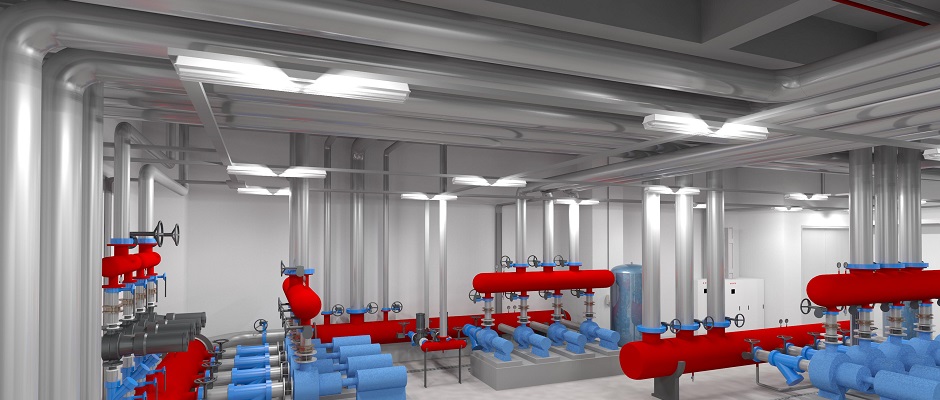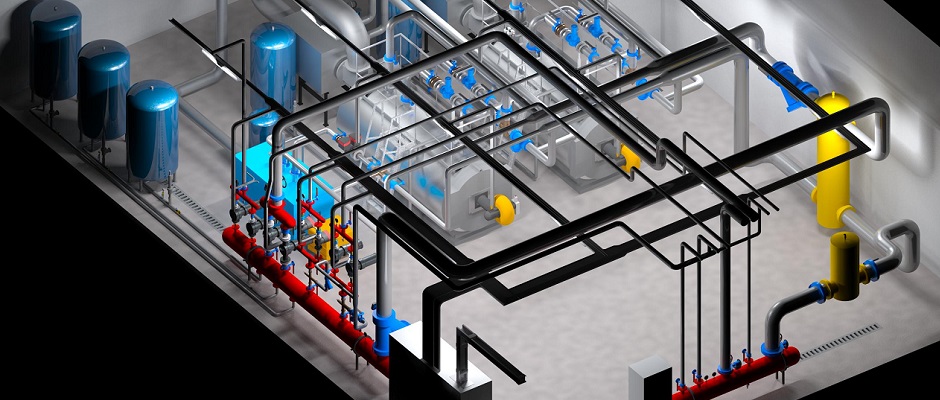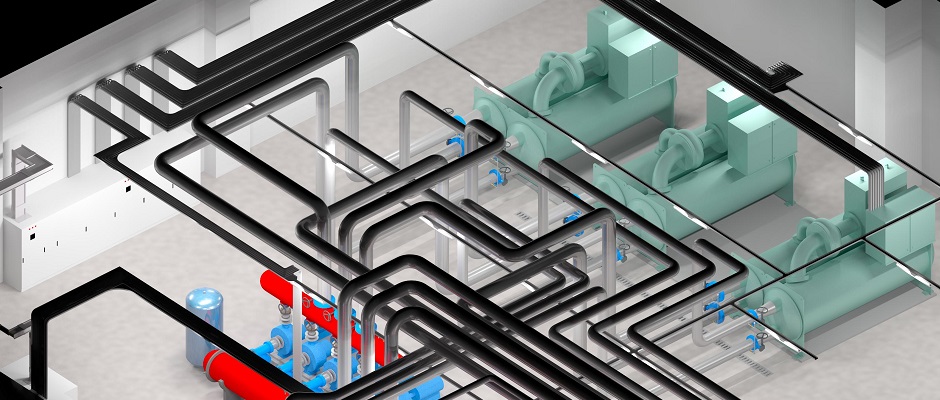SN Mechanical Company Introduction
Developing design process based on BIM, SN Engineering works with architectural, structural, mechanical, fire protection and environmental engineering disciplines in a coordinated manner. SN Engineering design 3D projects by using Autodesk Revit and Autodesk Navisworks programs. Comfortable and hygienic space conditions are created with efficient, innovative and environment friendly systems which are designed using local and international standards.
The following software are used for basic engineering calculations; Izoder and TGUB for reporting thermal insulation, Carrier HAP for air conditioning systems. Comfort level of designed systems determined by CFD analysis, feasibility studies made by evaluating investment and operating costs..
Mechanical Project Services
• Thermal Insulation Report • Heat Loss and Heat Gain Calculations • Heating System Design • Cooling System Design • Ventilation System Design • Plumbing Systems Design • Solar Power System Design • Hygienic Air Conditioning




